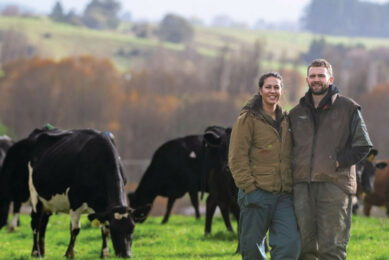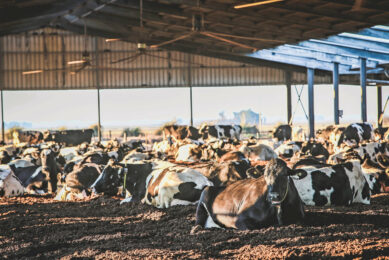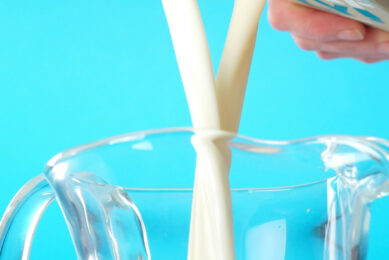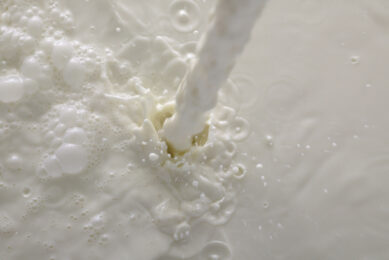Irishman to breed medium-sized cows to cope with hills in Australia
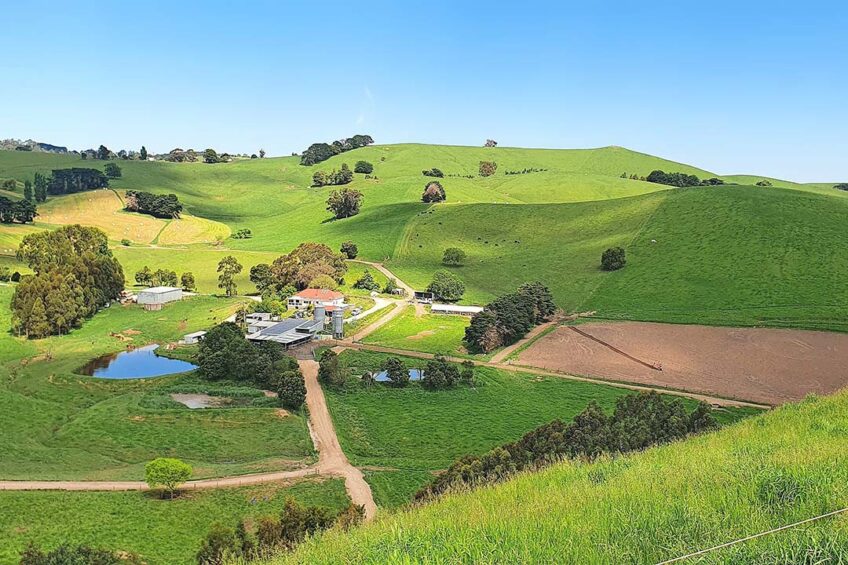
Producing a cow that can walk long distances and cope with rolling hills are important breeding goals of an Irish farmer who is now running his own dairy farm in Australia.
Originally from Monaghan in Ireland, Brian Corr was managing 2 dairy farms in Victoria, Australia, for an investment group, and jumped at the chance to buy his own place when it came up for sale. He bought his 153 ha farm at Moyarra, South Gippsland, in July 2022, further leasing another 60 ha of milking platform and 80 ha of land for youngstock just 10 km away.
Brian now milks 400 cows but has plans this season to increase to over 500, making good use of the leased land. He works full-time on the farm and is assisted by his partner Myrid Bartlett at weekends as she is a full-time teacher.
“I grew up in Monaghan on a mixed enterprise farm and worked in Ireland, the UK and New Zealand before finally settling here in Australia,” he says. “I previously managed a farm for a large company about 20 minutes away, where I owned the cows and leased them to the farm.”
Milking and dairy growth
When it came to buying the farm, Brian says he was quite lucky to have an understanding bank manager who actually knew the farm in question. “We were lucky to have a bank manager who understood what we wanted to do and also knew the history of the farm we were buying.
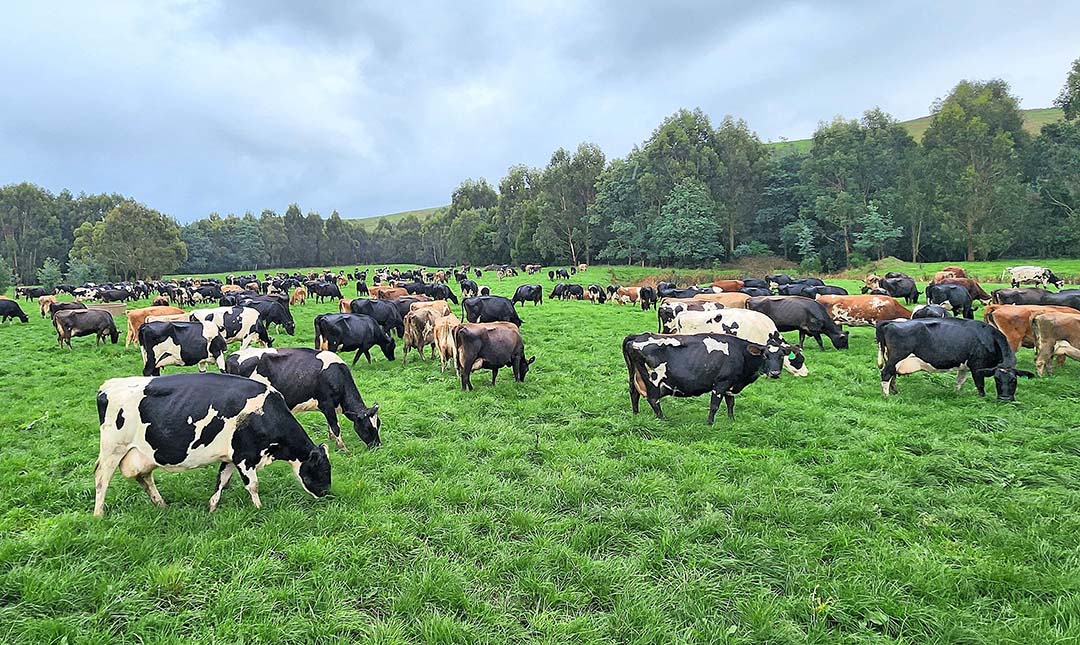
“At that time the milk price was great and interest rates had not risen much, so we were quite lucky with our timing. The manner in which we came across and were offered this farm was also quite fortuitous and while it took substantial saving, planning and support, we are aware that there was some simple good luck involved, too.
“Our original plan was to milk 270 cows, but we were able to lease 60 hectares of land next door, so on 1 September we signed up another 20 hectares of milking platform lease. Most of the farms we looked at that were within our budget were only capable of supporting 200 milking cows. This farm had good pasture and a good sized dairy but everything was run down so it has taken a lot of work to get it up to scratch,” he explains.
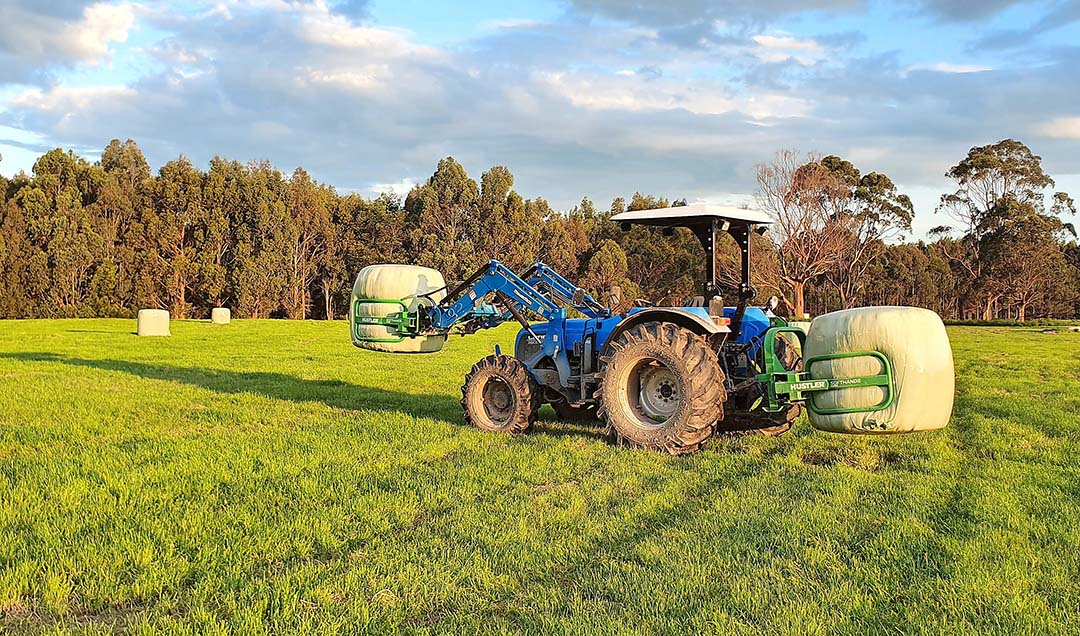
Breeding medium cows
Breeding for milk production and a cow that can handle the Victorian hilly terrain is important to Brian, who is a big fan of the Jersey Friesian cross cow.
“During our first season here we milked 400 cows, of which 40% were heifers. Around 100 cows and 50 heifers came with us from the previous farm and I bought the rest from the previous farm owner and three local herds. The majority of the cows are Friesian Jersey crosses but there are also some pure Friesians and Jerseys. AI is used for 6 weeks and bulls for a further 6 weeks.
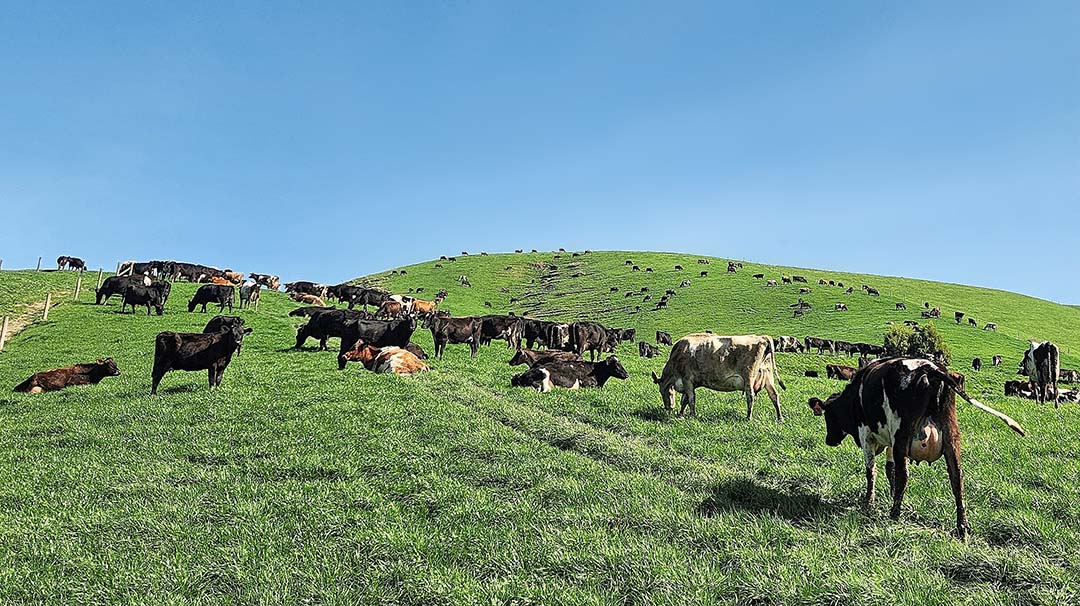
“Last season the cows produced 380 kg of milk solids per cow at 4.8% fat and 3.7% protein. This season we are aiming for 440 kg of milk solids per cow while expanding to 500 cows. Our milk is sold to Saputo, a large Canadian company, at $9.40 per kg of milk solids or 77 Aussie cents a litre (UK£0.40).
“We aim to breed a medium-size efficient cow that is very fertile, can walk long distances and can cope with our hills, using the New Zealand breeding worth index as it aligns with our system the best. I want a cow that produces 1 kg of milk solids for every kilo of liveweight,” he said.
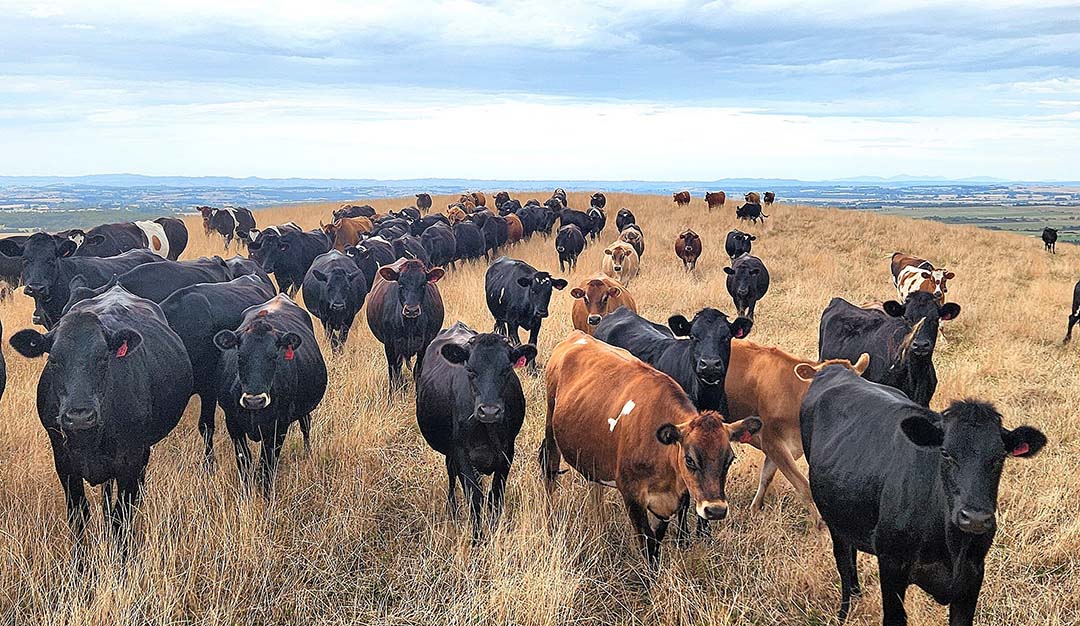
Farm investment and cow feed
Brian’s cows graze outside all year round in one herd. The only sheds on the farm are a calf unit and a 30-unit herringbone parlour using a combination of GEA and Milfos equipment.
“As the farm is still developing, we are trying to keep investment in machinery and technology to a bare minimum and use contractors for everything apart from feeding and fertiliser,” said Brian. “We make our silage in round bales and feed it out with a Hustler bale unroller on a 75 hp Landini tractor.
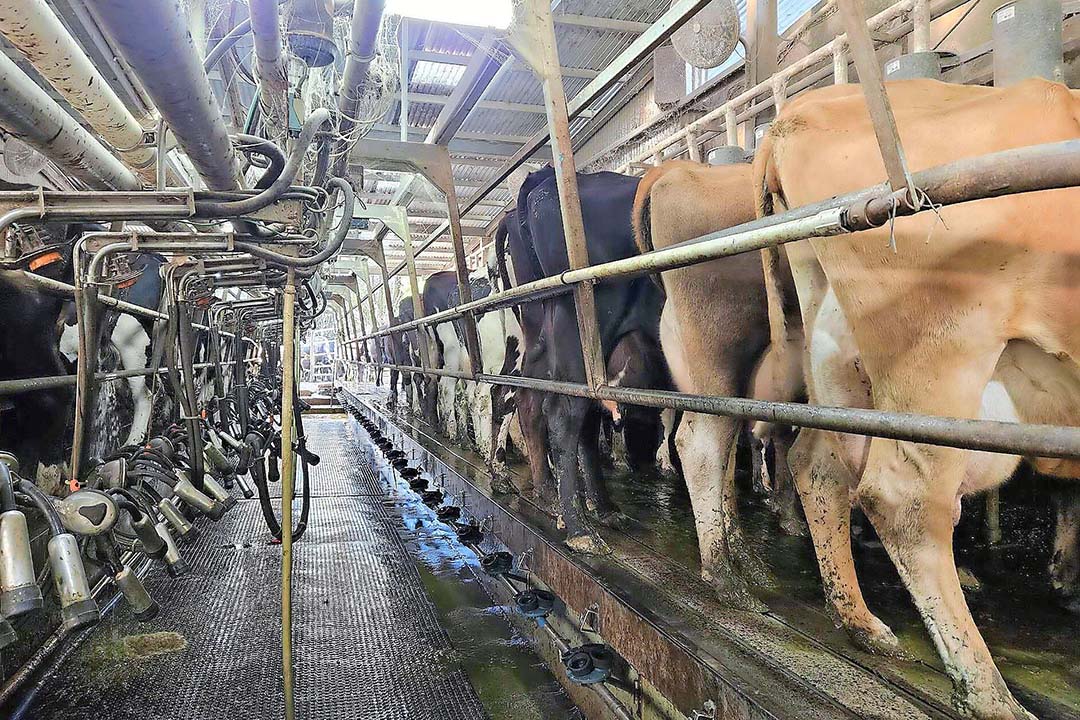
“Most of the investments we have planned are for basic things like laneways to allow for more efficient grazing. We plan to extend our collecting yard and replace our milk vat with a bigger one and add an autodraft system. I would like to have an automated heat detection/health system, but that’s probably another year away.”
Future of the dairy farm
Looking to the future, Brian’s goals are to pay off debt and expand cow numbers on leased land. He is rearing over 200 heifer calves this year to allow for milking more cows in 2 years.
“Hopefully, we will get the opportunity to buy more land around us, including some of what we currently lease,” he added. “I wouldn’t rule out a second farm in the future but developing this one is the current priority.”
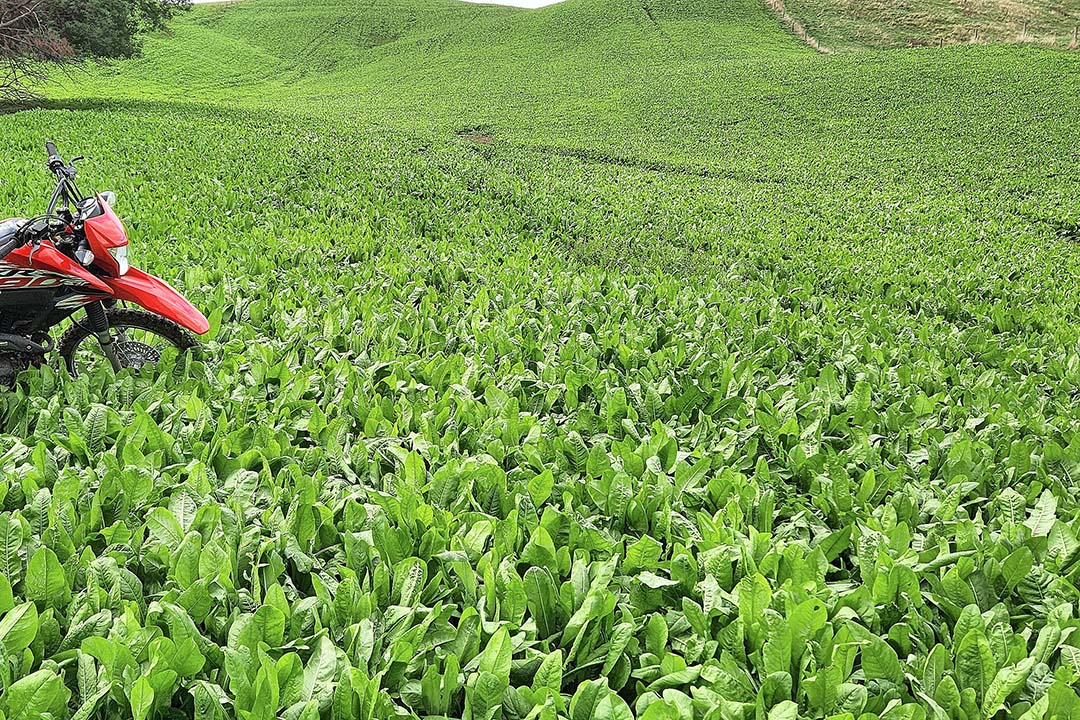
Like many other dairy farmers worldwide, obtaining labour is a problem for Brian, who currently employs a full-time worker and 2 casuals during calving.
Brian adds: “Other challenges here include dry summers, but we sow chicory as a crop to provide green feed early in the season. The chicory will provide 8-16 tonnes dry matter per hectare depending on rainfall in the first summer and then it is over seeded with perennial ryegrass. This year we are planting 8 hectares of fodder beet to provide home-grown feed in late summer and early autumn.”



